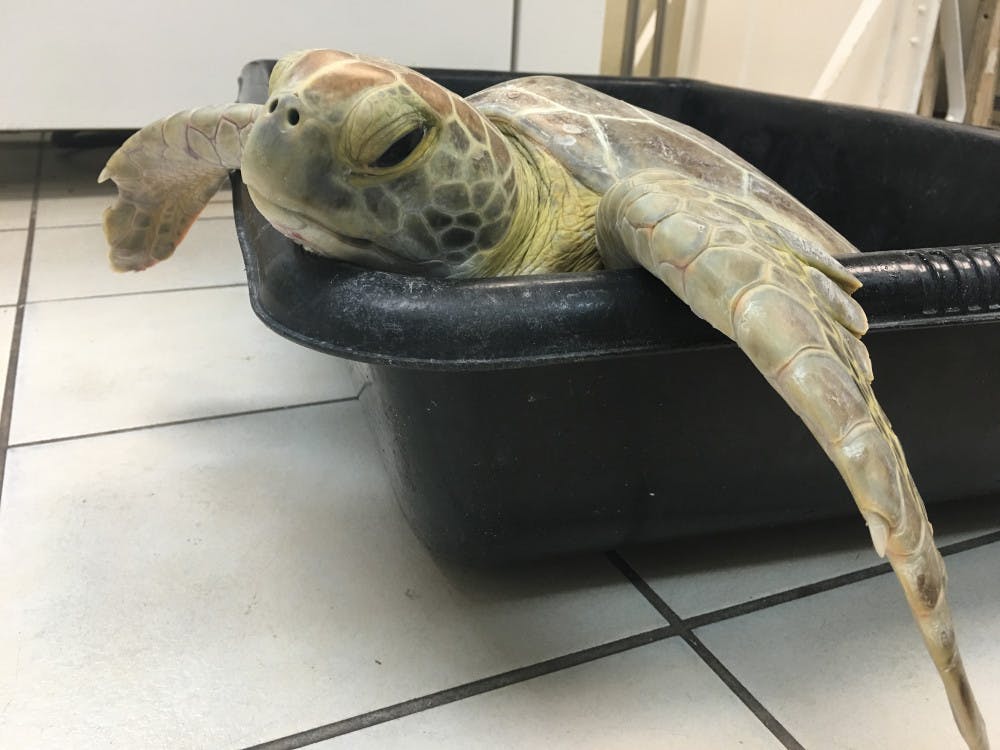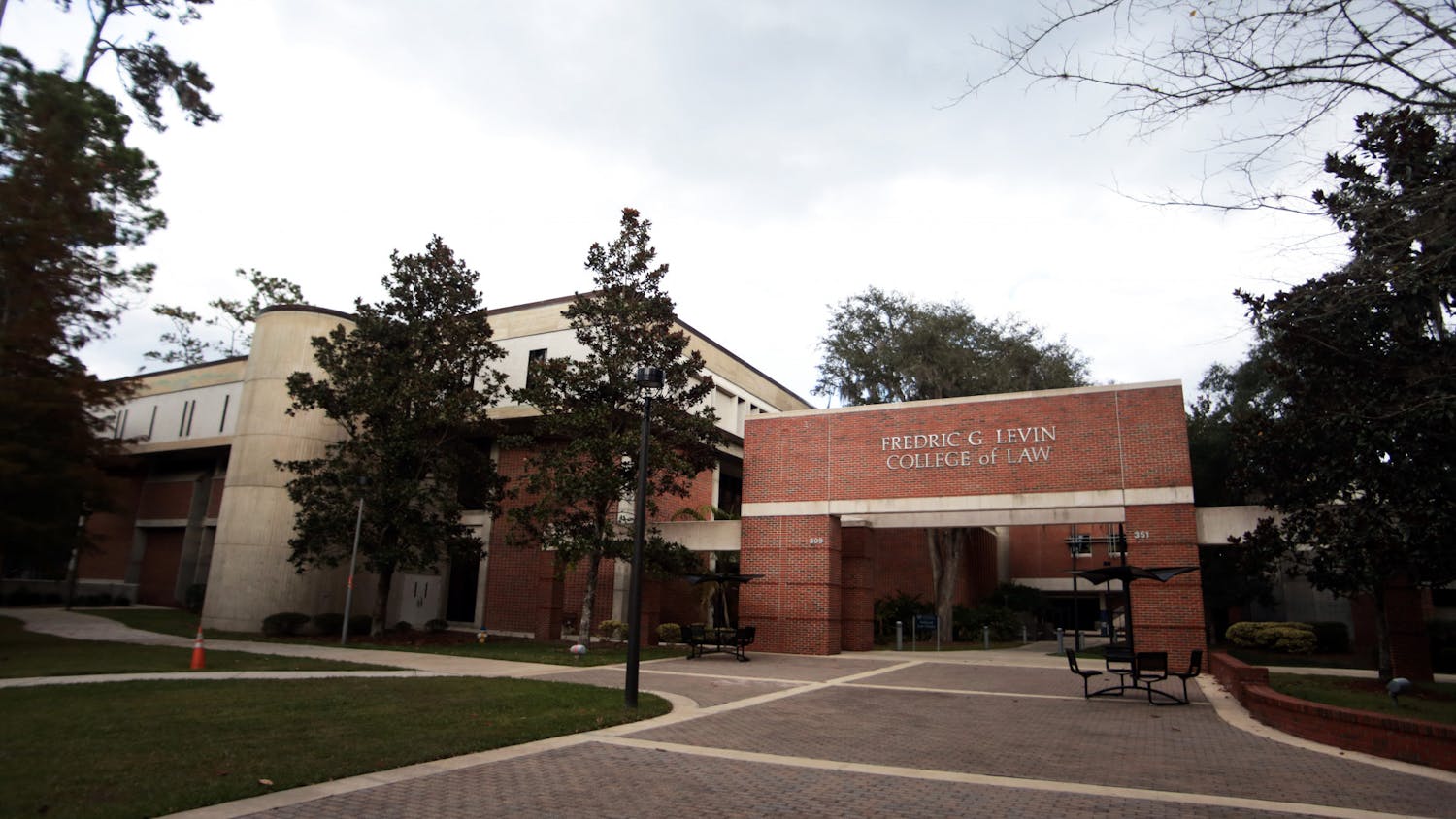When Daley and Percy, two green sea turtles, were brought into the Turtle Hospital in Marathon, Florida, they had multiple external tumors ranging from the size of a pencil eraser to a baseball around their fins and necks.
The turtles arrived at the hospital Oct. 20 after leaving other facilities in the state for their treatment, said Bette Zirkelbach, the Turtle Hospital manager.
They became the first of their species to receive a new tumor-removal treatment. A UF team of veterinarians began treating the turtles Dec. 10 using electrochemotherapy, a type of chemotherapy applied using electric pulses, said Kyle Donnelly, the lead investigator and a UF veterinary medicine second-year resident. The turtles had Fibropapillomatosis, a viral disease commonly found in green sea turtles, which sometimes causes tumors to form on the soft tissues of the animals.

The turtles arrived at the hospital Oct. 20 with multiple external tumors ranging from the size of a pencil eraser to a baseball around their fins and necks.
The virus was recognized in the 1980s and has been a serious problem worldwide for turtles since, Donnelly said.
Following the tumor removal, both turtles have shown improvements, despite Percy being a bit stubborn.
“Percy seems like a perky turtle even when she's really sick covered in tumors,” Zirkelbach said.
Zirkelbach said the Turtle Hospital couldn’t determine the gender of Percy but knew Daley was male.
As the two are monitored at the hospital, the more social Daley can be seen nearly jumping out of his containment and climbing the walls when someone drops him a piece of lettuce.
Electrochemotherapy delivers chemotherapy through electrical pulses to the animals’ cells, Donnelly said. This allows for the cancerous cells to better absorb the chemotherapy drugs.
“Hopefully, this treatment that we're working on can avoid a lot of those negative side effects,” Donnelly said. “We’re cautiously optimistic that it’s all going well.”
As opposed to electrochemotherapy, the side effects from surgical removal of tumors in turtles can include tumors growing back and a significant blood loss, she said.
Veterinarians will monitor the turtles’ recovery for about a year, Donnelly said. Once they are back to full health, they plan to release the turtles back into the wild.
The turtles arrived at the hospital Oct. 20 with multiple external tumors ranging from the size of a pencil eraser to a baseball around their fins and necks.






